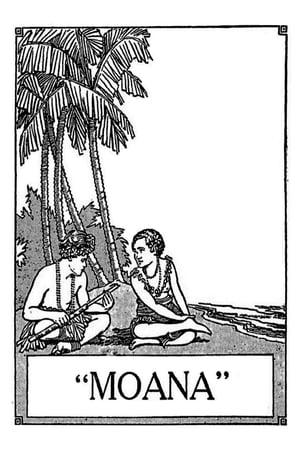

Ainu Neno An Ainu(2021)
This documentary started as part of a photography project about the indigenous Ainu population in northern Japan, portraying people from tightly knit communities. They feel deeply connected by their culture and tradition. With gorgeous pictures, the directors explore how different generations of Ainu reflect on their identity after centuries of oppression.
Movie: Ainu Neno An Ainu

アイヌネノアンアイヌ
HomePage
Overview
This documentary started as part of a photography project about the indigenous Ainu population in northern Japan, portraying people from tightly knit communities. They feel deeply connected by their culture and tradition. With gorgeous pictures, the directors explore how different generations of Ainu reflect on their identity after centuries of oppression.
Release Date
2021-06-01
Average
0
Rating:
0.0 startsTagline
Genres
Languages:
日本語Keywords
Similar Movies
 7.8
7.8Ona Carbonell: Starting Over(es)
In August 2020, Olympic artistic swimmer Ona Carbonell became a first time mother, an experience that reshaped her life overnight.
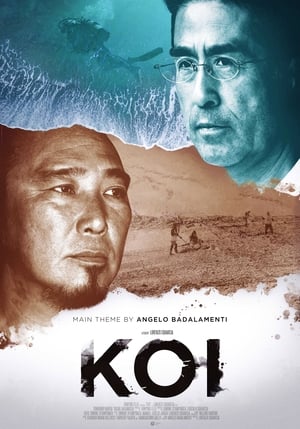 7.8
7.8Koi(ja)
There's no definitive separation as long as there is memory'. Since the Tsunami hit the northern part of Japan's coast in 2011, more than 20 thousand people lost their lives, and many others are still missing. As time went by the families of the victims abandoned all hope and stopped looking for their loved ones. However, this is the story of two men that are still fully committed to their respective searching activities. Even though their backgrounds are extremely different, both share a strong force of will and firmly wish to keep alive the memories of the ones that went missing. Perseverance is what pushed an ex-convict to look for redemption by helping the victims' families to find the remains of their loved ones, and perseverance is what brought a bus driver to start to dive in order to search for his wife.
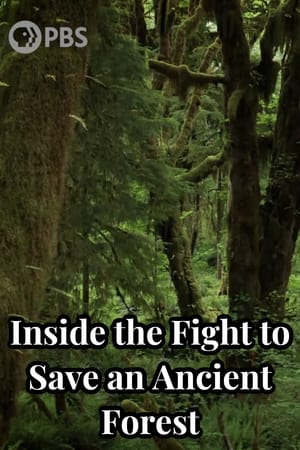 0.0
0.0Inside the Fight to Save an Ancient Forest (and the Secrets it Holds)(en)
The ancient forests of the Pacific Northwest are home to giant trees and many secrets, which science is just beginning to understand. But these forests are at risk of disappearing. In British Columbia on First Nation territory, a small band of forest defenders are risking life and liberty to protect some of the last remaining ancient forests.
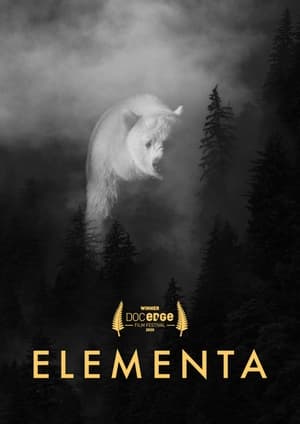 6.5
6.5Elementa(en)
A black-and-white visual meditation of wilderness and the elements. Wildlife filmmaker Richard Sidey returns to the triptych format for a cinematic experience like no other.
Dirty Gold: The Disappearance of the Japanese war booty(en)
From 1937 to 1948 gold, silver, platinum and diamonds were looted by the Imperial Japanese Army during its campaigns throughout Asia-a treasure trove worth billions whose location has remained unclear until today. Rumor had it that hundreds of tones of gold were buried in the Philippines. In an exciting investigation of the 20th century history, director Egmont R. Koch embarks on the trail of Japan’s stolen gold, a journey that takes him to the Philippines, Hong Kong and Japan. He discovers documents that prove that the disappeared loot was used to finance the Cold War in Asia and to corrupt nationalist Japanese politicians.
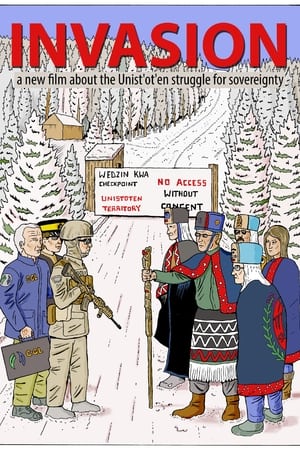 8.3
8.3Invasion(en)
In this era of “reconciliation”, Indigenous land is still being taken at gunpoint. Unist’ot’en Camp, Gidimt’en checkpoint and the larger Wet’suwet’en Nation are standing up to the Canadian government and corporations who continue colonial violence against Indigenous people. The Unist’ot’en Camp has been a beacon of resistance for nearly 10 years. It is a healing space for Indigenous people and settlers alike, and an active example of decolonization. The violence, environmental destruction, and disregard for human rights following TC Energy (formerly TransCanada) / Coastal GasLink’s interim injunction has been devastating to bear, but this fight is far from over.
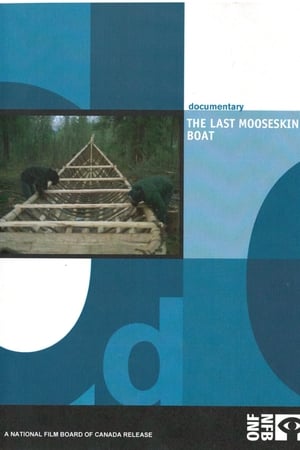 0.0
0.0The Last Mooseskin Boat(en)
This short documentary follows Gabe Etchinelle as builds a mooseskin boat as a tribute to an earlier way of life, where the Shotah Dene people would use a mooseskin boats and transport their families and cargo down mountain rivers to trading settlements throughout the Northwest Territories.
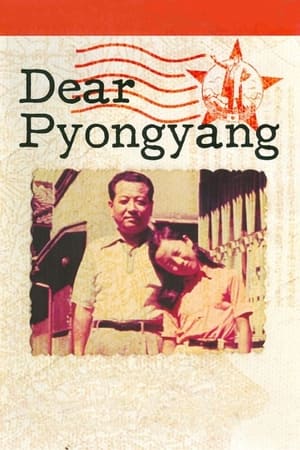 6.7
6.7Dear Pyongyang(ja)
Dear Pyongyang is a documentary film by Zainichi Korean director Yang Yong-hi (Korean: 양영희, Hanja: 梁英姬) about her own family. It was shot in Osaka Japan (Yang's hometown) and Pyongyang, North Korea, In the 1970s, Yang's father, an ardent communist and leader of the pro-North movement in Japan, sent his three sons from Japan to North Korea under a repatriation campaign sponsored by ethnic activist organisation and de facto North Korean embassy Chongryon; as the only daughter, Yang herself remained in Japan. However, as the economic situation in the North deteriorated, the brothers became increasingly dependent for survival on the care packages sent by their parents. The film shows Yang's visits to her brothers in Pyongyang, as well as conversations with her father about his ideological faith and his regrets over breaking up his family.
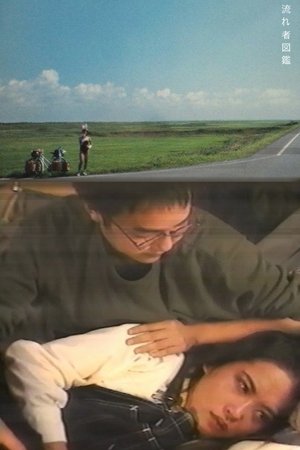 0.0
0.0Encyclopedia of a Drifter(ja)
Nagaremono zukan is a documentary video, release from V&R Planning (AV). "Flower Picture Book" is the second work in the bicycle trilogy after Yumika. A very private sexual movie with Tomoko Matsunashi, right after Hirano broke up with Yumika. The violence of the camera is clearly increasing. If Yumika was the light, Nagaremono zukan is the shadow. There are two version of Nagaremono zukan, the censored one and the original hardcore one, with additional scenes, better quality and longer runtime.
 1.0
1.0Okinawa: The Afterburn(ja)
On April 1, 1945, the United States military launched its invasion of the main island of Okinawa, the start of a battle that was to last 12 weeks and claim the lives of some 240,000 people. This film depicts the Battle through the eyes of Japanese and American soldiers who fought each other on the same battlefield, along with Okinawa civilians who were swept up in the fighting. The film also depicts the history of discrimination and oppression forced upon Okinawa by the American and Japanese governments. Carrying up to the current controversy over the construction of a new base at Henoko, the film explores the root causes of the widespread disillusionment and anger expressed by many Okinawans. This ambitious documentary was directed by the American John Junkerman, long-term resident of Japan and Oscar-nominated documentary filmmaker. Okinawa: The Afterburn is a heartfelt plea for peace and an expression of deep respect for the unyielding spirit of the Okinawa people.
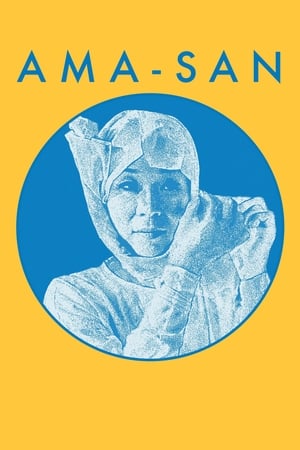 7.1
7.1Ama-San(ja)
A dive, the midday sunlight filtering down through the water. The air in her lungs has to last until she can dislodge the abalone. Dives like these have been carried out in Japan for over 2000 years by the Ama-San.
 6.0
6.0Dawnland(en)
They were forced to assimilate into white society: children ripped away from their families, depriving them of their culture and erasing their identities. Can reconciliation help heal the scars from childhoods lost? "Dawnland" is the untold story of Indigenous child removal in the US through the nation's first-ever government-endorsed truth and reconciliation commission, which investigated the devastating impact of Maine’s child welfare practices on the Wabanaki people.
Giraffe Dance / !Gwa Dance(en)
Men and women of the !Kung people in Ojokhoe, Namibia perform healing dances by firelight. First we see men perform the giraffe dance, and then women perform the !gwa dance.
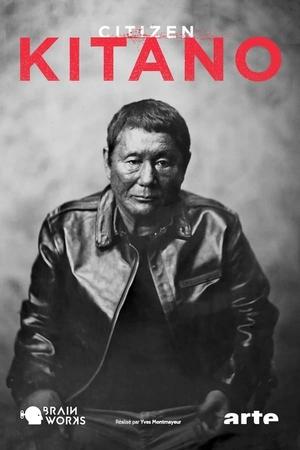 7.5
7.5Citizen Kitano(fr)
Takeshi Kitano is an international icon. We know the actor, the multi-award-winning filmmaker, but many ignore his double personality: the crazy TV star, the street kid from Tokyo close to the Yakuza, and the political satirist who blasted taboos! Can we dream of a better guide to introduce us to the cultural history of Japan?
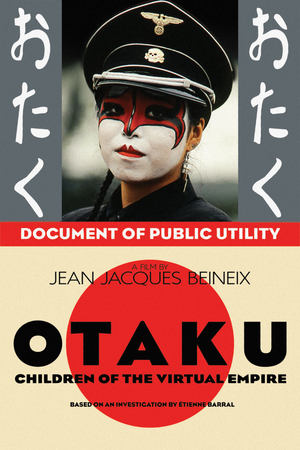 5.0
5.0Otaku - Children of the Virtual Empire(fr)
A documentary that explores the life styles of various otakus in Japan. Various interviews are given to selected otakus who express how interesting it is to be an otaku as oppose to not being one at all. Along with various shots of various Japanese city landscapes and the inside of an average otaku home from rooms filled with videos, models, and the latest in technology.
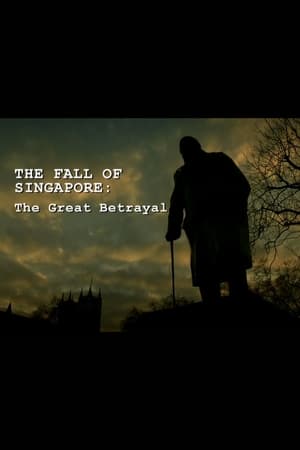 0.0
0.0The Fall of Singapore: The Great Betrayal(en)
This landmark documentary film by Paul Elston tells the incredible story of how it was the British who gave the Japanese the knowhow to take out Pearl Harbor and capture Singapore in the World War 2. For 19 years before the fall of Singapore in 1942 to the Japanese, British officers were spying for Japan. Worse still, the Japanese had infiltrated the very heart of the British establishment - through a mole who was a peer of the realm known to Churchill himself.
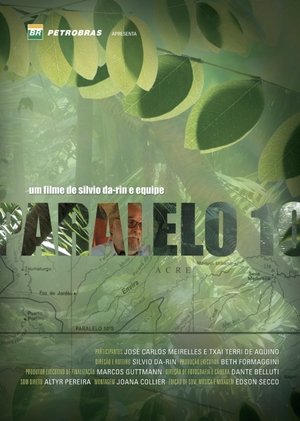 5.0
5.0Paralelo 10(pt)
It portrays a pioneering and risky work carried out in a small Xinane base, by FUNAI, near Parallel 10º South, west of Acre, on the border with Peru. In simple installations, in the middle of the jungle, the sertanista José Carlos Meirelles carries out the difficult mission of protecting the isolated Indians of the region, with the help of anthropologist Terri Aquino. With few resources, specialists perform their tasks tirelessly. In addition to carrying out a permanent negotiation with the riverside populations in the area, they also deal with the confrontation with traffickers and squatters who try to invade it.
The Message from Fukushima(ja)
Short documentary about the aftermath of the Fukushima nuclear disaster.
